
Keep up to date with our innovative initiatives.
Sign up here

Started at: 01-01-2023
Ends on: 31-12-2025
Budget: € 4 660 693.25
Areas: Mobile Wireless Internet (MWI), Software Networks (SN) and Space Communications
ETHER aims to provide a holistic approach for integrated terrestrial-non-terrestrial networks targeting 100% network coverage, 99.99999% service continuity and 99.99999% reliability, with 3 times higher energy efficiency and 95% Total Cost of Ownership reduction compared to current terrestrial deployments. To achieve these goals, ETHER develops solutions for a Unified Radio Access Network (RAN) and energy-efficient, AI-enabled resource management across the terrestrial, aerial and space domains while creating the business plans driving future investments in the area.
Within the project, the i2CAT Foundation will lead the Work package WP4 – Zero-touch data-driven network and service orchestration in the 3D ETHER architecture –, which main objectives are:
i2CAT will also play a crucial role in Work Packages 3 – Key Technological Enablers for the seamless and energy-efficient ETHER Network Operation – and 5 – Technology Integration and Live Demonstration of ETHER technologies –. Within the WP3, i2CAT will lead Task 3.2 “Dynamic spectrum management and power control leveraging software-defined payload in aerial and space ETHER layers”, that will define a set of assets and resources (i.e., limited ones, like bandwidth or satellite CPU usage) present in the different aerial and space layers of the ETHER architecture involved in the service provisioning and a set of performance indicators. Within WP5, i2CAT will lead Task 5.3 “ETHER flexible payload-enabled service provisioning to semantics-aware and delay-tolerant IoT applications” that concerns the final lab-scale evaluation of the first ETHER use case. It will take place at the premises of i2CAT, where the horizontal handover algorithms developed within T3.4 will be incorporated into the testing platform of i2CAT, and their performance to deliver seamless connectivity to delay-tolerant IoT devices will be evaluated.
Scientific
ETHER will boost the EU scientific and research capacity on:
Economic/technological
Societal
Funded by the European Union. Views and opinions expressed are however those of the author(s) only and do not necessarily reflect those of the European Union or the Smart Networks and Services Joint Undertaking as granting authority. Neither the European Union nor the granting authority can be held responsible for them.

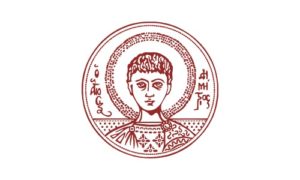


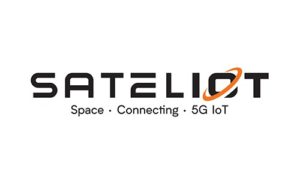


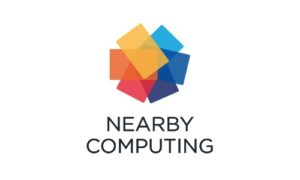
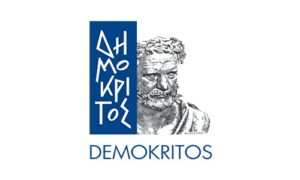
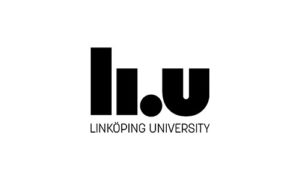
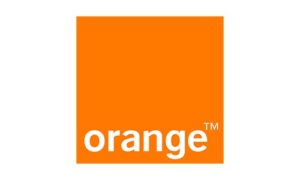
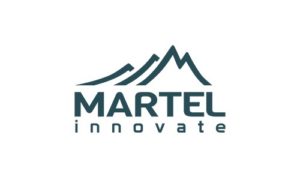
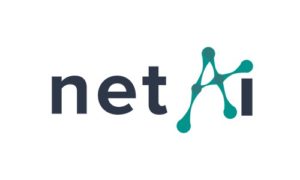


ETHER project has received funding from the Smart Networks and Services Joint Undertaking (SNS JU) under the European Union’s Horizon Europe research and innovation programme under Grant Agreement No 101096526.